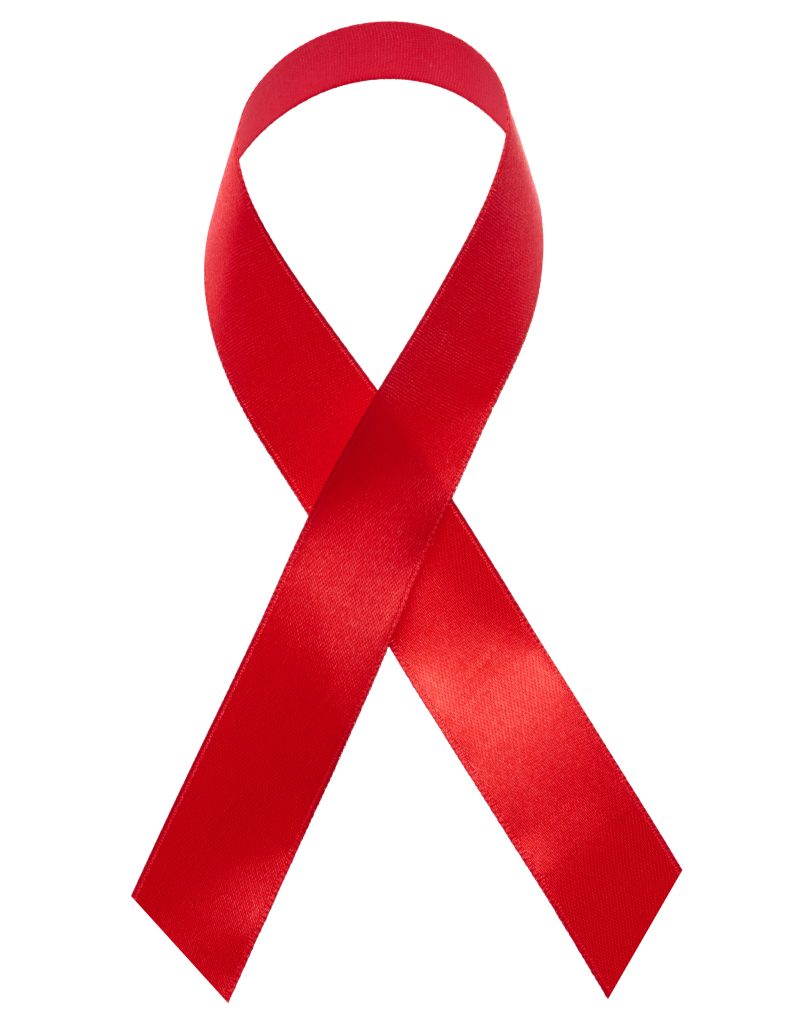
The red ribbon; a symbol of solidarity with HIV-infected patients.
What is Bugchasing?
The term refers to individuals who actively seek to become infected with HIV or other sexually transmitted infections (STIs). It is crucial to emphasize that this behavior is not representative of the broader LGBTQ+ community, and it is not supported by public health organizations.
Here are some key points about bug chasing:
- Controversial and Stigmatized: Bug chasing is a highly stigmatized and controversial practice.
- Motivations: The motivations behind bug chasing can vary widely and may include complex psychological, social, or emotional factors. Some individuals may have a desire for intimacy, a sense of belonging, or even a form of rebellion. These motivations don’t justify or excuse the potential harm associated with seeking STIs intentionally.
- Health Risks: Intentionally seeking STIs, including HIV, poses severe health risks. HIV is a life-threatening condition that weakens the immune system, making the infected individual susceptible to various opportunistic infections and diseases.
- Public Health Messages: Public health organizations and LGBTQ+ advocacy groups emphasize safe sex practices, regular testing, and open communication about sexual health. The promotion of responsible sexual behavior is essential to prevent the spread of STIs and protect individual and public health.
- Isolation: Individuals engaged in bug chasing may face social isolation and rejection from both mainstream and LGBTQ+ communities due to the associated stigma and concerns about public health.
How to prevent it.
It’s crucial to clarify that bug chasing is not a medical condition that can be “cured” in the traditional sense.
Addressing bug chasing involves a multi-faceted approach that includes education, mental health support, and harm reduction.
- Education and Awareness:
- Promote comprehensive sex education that includes information about the risks and consequences of intentional STI transmission.
- Disseminate accurate information about HIV and other STIs to dispel myths and misconceptions.
- Conduct public health campaigns to increase awareness of safer sex practices and the importance of regular testing.
- Mental Health Support:
- Provide mental health resources and support for individuals struggling with underlying psychological issues that may contribute to bug chasing behaviors.
- Encourage open discussions about mental health within communities to reduce stigma and encourage seeking professional help when needed.
- Community Engagement:
- Foster a sense of community and belonging that does not involve engaging in risky behaviors. This may include creating safe spaces for open dialogue and support within LGBTQ+ communities.
- Harm Reduction Strategies:
- Promote harm reduction strategies to minimize the potential health risks associated with unsafe behaviors. This includes distributing information on safer sex practices, the importance of regular testing, and the availability of pre-exposure prophylaxis (PrEP) for HIV prevention.
- Legal and Ethical Considerations:
- Consider legal and ethical measures to address situations where individuals may be intentionally transmitting infections to others. Legal frameworks and public health policies may play a role in discouraging such behaviors.
In conclusion…
It’s important to approach discussions about bug chasing with sensitivity and an understanding that this behavior is NOT representative of the broader LGBTQ+ community. Public health campaigns focus on education, awareness, and promoting safe and responsible sexual practices to prevent the transmission of STIs and support the well-being of individuals within these communities.



Well said